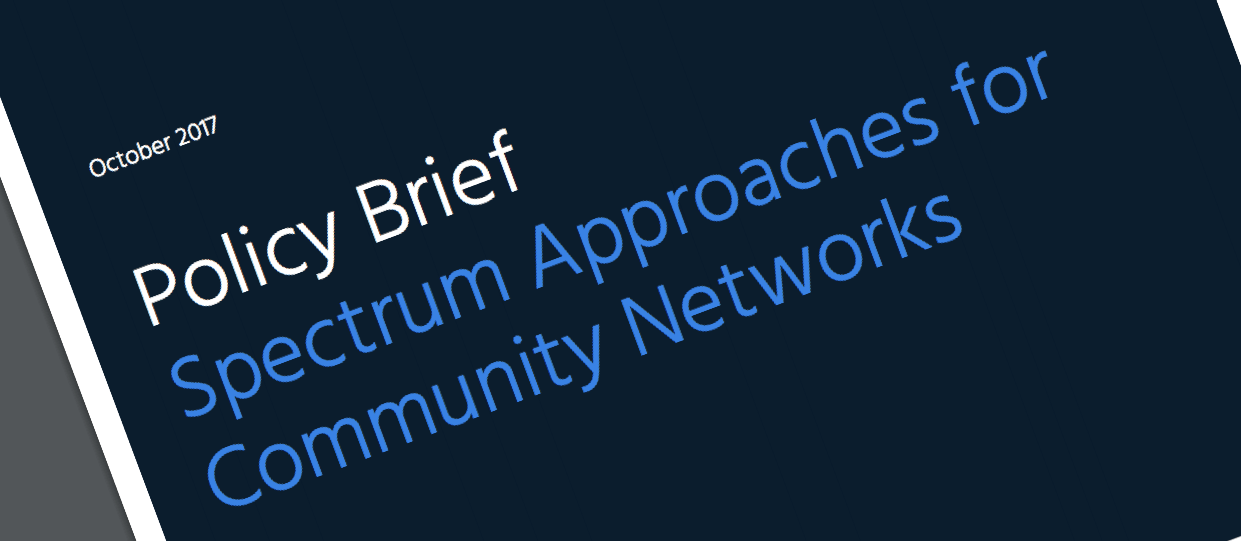Yesterday we published a new policy brief: Spectrum Approaches for Community Networks.
Access to affordable and available spectrum is critical for Community Networks. Policy makers can play a key role in ensuring adequate access to spectrum. The policy brief examines the various ways that Community Networks can gain access to spectrum, including:
- the use of unlicensed spectrum,
- sharing licensed spectrum, and
- innovative licensing.
Network operators also play a key role in helping Community Networks. The policy brief outlines recommendations for operators which include:
- access to backhaul infrastructure at fair rates,
- equipment and training partnerships, and
- the sharing of infrastructure as well as spectrum.
Please read our press release for more information about this new paper. Also visit our World Telecommunications Development Conference (WTDC) 2017 page for more about what our team is doing there in Buenos Aires this week.

